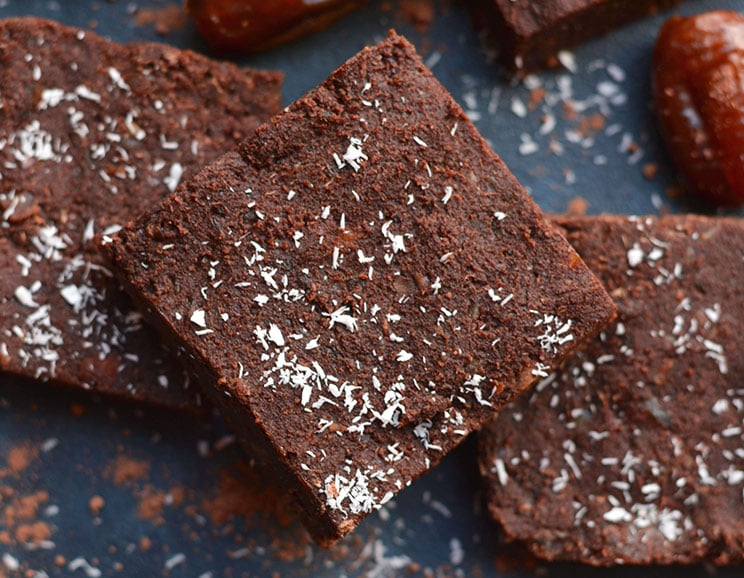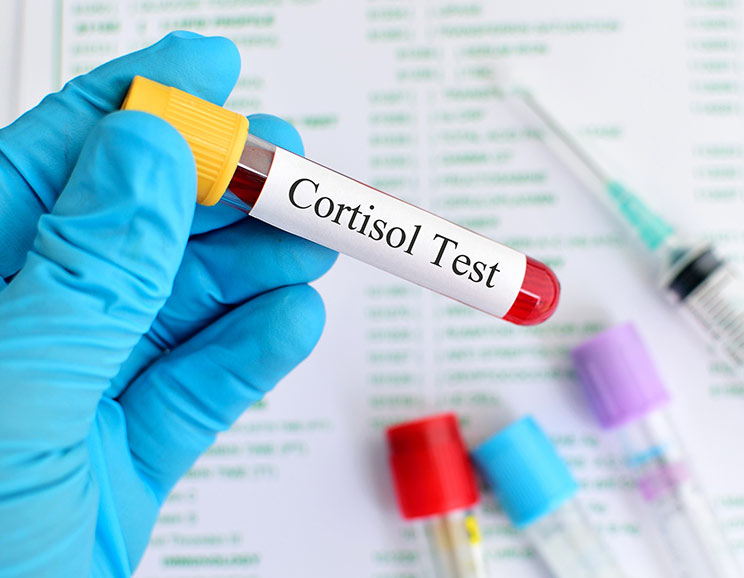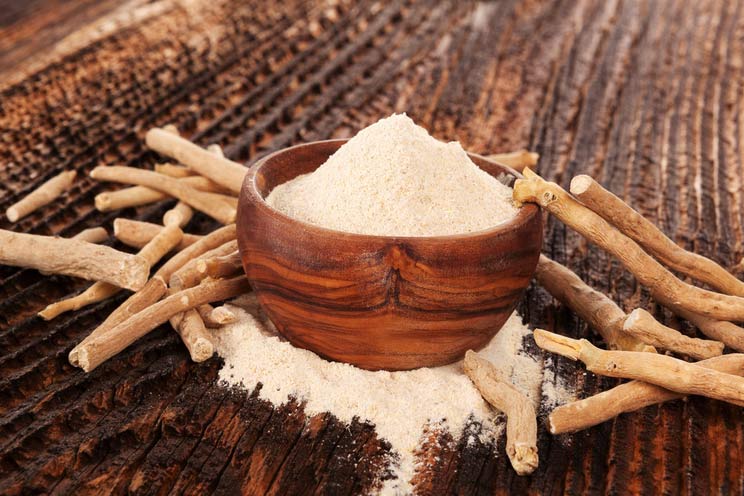While it’s normal for testosterone levels to decrease as you age, the rate of decline seems to be at an all-time high. Today, men’s testosterone levels are 25% lower than two decades ago. This doesn’t just affect your libido or ability to build muscle. The latest research shows that low testosterone levels may leave you more susceptible to chronic conditions like diabetes, cardiovascular disease, osteoporosis and depression.
How do you know if you have low testosterone? A blood test for bioavailable and free testosterone will tell you exactly where you stand, but the most common symptoms seen in clinical practice are: low sex drive, fatigue or poor energy, increased body-fat, decreased muscle mass, low mood and irritability.
Turn on the TV during the next big football game and you’ll see commercials for the latest gels and creams as a quick fix for low testosterone. While these may address symptoms in the short-term, they won’t address the root cause of your low testosterone.
Struggling to lose weight? Unable to focus? Chances are, your hormones are out of whack.
Grab Our FREE Guide To Fixing Your Hormones By Clicking Here!
How can you restore you energy, mood, lean muscle, and libido? The answer is not in a bottle…it’s on your plate!
Here are the top 4 nutrition pitfalls that can strongly contribute to low testosterone:
1. You Don’t Eat Enough Saturated Fats
Over the past three decades doctors and dietitians have told you to AVOID saturated fats like the plague. In particular, saturated fats from animal sources were vilified as disease causing and harmful for your health. Interestingly, this span of time coincides with a significant decline in testosterone levels in men…and it is no coincidence!
Cholesterol is the building block for all your hormones, including sex hormones like testosterone. Studies show athletes training intensely and following low-fat diets suffer from lower testosterone levels, whereas athletes following high-fat diets – in particular saturated fats – are able to mitigate exercise-induced reductions in testosterone.1
Adopting a Paleo diet is a great way to optimize your intake of healthy saturated fats. Include one to four tablespoons of butter (grass-fed is best), ghee (clarified butter), coconut oil or red palm oil daily with your meals. Remember, saturated fats have a high smoking point making them a great choice for pan-frying or stir-frying. Or, simply add them to your veggies before you eat!
2. You Sabotage Deep Sleep With Late Night Snacks
Simple sugars trigger the release of serotonin, your happy neurotransmitter, providing you with some relief and comfort after a busy day. Unfortunately, an evening bowl of ice cream or chocolate dessert raises your blood sugar hormone insulin and interrupts your sleep hormones.
High evening insulin delays melatonin production (your sleep hormone) and ultimately affects your testosterone and growth hormone production overnight. Growth hormone, the “fountain of youth” hormone, teams up with testosterone during deep sleep to build lean muscle and support deep, rejuvenating sleep.
Don’t sabotage your testosterone-building sleep. Replace sugary snacks in the evening with frozen grapes or berries, or enjoy a cup of herbal tea (mint, chamomile, rooibos) to help relax your nervous system. Be sure to aim for at least 7 hours of sleep per night.
3. You Eat Too Many Carbs (And Simple Sugars)
If you are overweight or out of shape you likely have poor insulin sensitivity. This means that your body does not process carbohydrates very efficiently, resulting in consistently elevated insulin levels in your bloodstream. Chronically high insulin leads to the over-production of a hormone called androstenedione, which competes with testosterone in the body, resulting in low testosterone. Androstenedione is also five times weaker than testosterone, meaning you are getting far less bang for your buck.
Therefore, if you are overweight the best way to boost testosterone levels will be to improve your insulin sensitivity by losing weight. This is a very common scenario that suppresses testosterone production. Simply adopt a high protein, high fat, low carb (less than 100g per day) Paleo diet and your testosterone levels will be back on the rise in no time (your libido too!). (Note–If you are already very lean, these rules don’t apply. A very low carb diet for too long can excessively elevate stress hormones and suppress testosterone.)
4. You Drink Too Much Alcohol
Did you know that the medical definition of a binge drinking session is only five units of alcohol for a male and four for a female? A recent study found the average number of drinks on a night out is between 8-9 drinks per person. This is almost twice the amount of the medical definition of a binge (perhaps a “double binge” is the appropriate term!).
Typically, the higher your alcohol intake, the greater your weight gain around the abdomen. Unfortunately for men, the more fat you store around your belly, the greater the activity of an enzyme called aromatase, which converts your precious muscle building testosterone to estrogen.
A simple way to restore testosterone levels is to cut out alcohol completely for 1-4 weeks. If your schedule and client outings won’t allow complete abstinence, try cutting your intake by 50% and not consuming more than 2-3 drinks in a single day.
Beer is the worst offender as it is mildly estrogenic, offers up an excess of calories, and contributes to the classic ‘beer belly’. Opt for red wine (high in aromatase inhibiting resveratrol) or spirits–neat, on the rocks, or mixed with soda water.
Finally, if you follow a bodybuilding style workout–training different body parts multiple days of the week–then you may want to tweak your program to boost low testosterone.
The research is clear that compound movements such as squats, deadlifts, and Olympic lifts (cleans, snatches, jerks) are hands down the best way to naturally boost your testosterone levels. Simply combine lower body and upper body exercises into the same training day and you’ll maximize your hormone-building potential.
If you are training three days per week perform deadlifts on day one, Olympic lifts on day two, and squats on day three. Add in compound upper body movements like bench press, push press, chin-ups, pull-ups, inverted rows and dips and you’ll increase your testosterone and lean muscle in no time.
Be sure to include whey protein isolate (40g for men, 30g for women) after each training session to accelerate recovery and promote muscle protein synthesis. If you can digest dairy, full-fat milk (750ml-1L) is an excellent post-workout choice.
There you have it, correct these four common dietary pitfalls, modify your workout regime, and your testosterone levels will be back on the rise. Symptoms of low libido, fatigue, weight gain and low mood will soon subside without the need for costly creams and gels! Give your body the right nutritional building blocks to maintain a healthy testosterone balance. [author_bio name=”yes” avatar=”yes”]
References
Volek J et al. Testosterone and cortisol in relationship to dietary nutrients and resistance exercise.
Ho CH et al. The Prevalence and the Risk Factors of Testosterone Deficiency in Newly Diagnosed and Previously Known Type 2 Diabetic Men. J Sex Med. 2014 Dec 2.
Morbidity and Mortality Weekly Report. CDC, 2012;61. Vital Signs: Binge Drinking Prevalence, Frequency, and Intensity Among Adults — United States, 2010.
Hickson RC et al. Successive time courses of strength development and steroid hormone
responses to heavy-resistance training. J Appl Physiol 1994;76:663-670.



 4-Ingredient Paleo Brownies
4-Ingredient Paleo Brownies









Show Comments